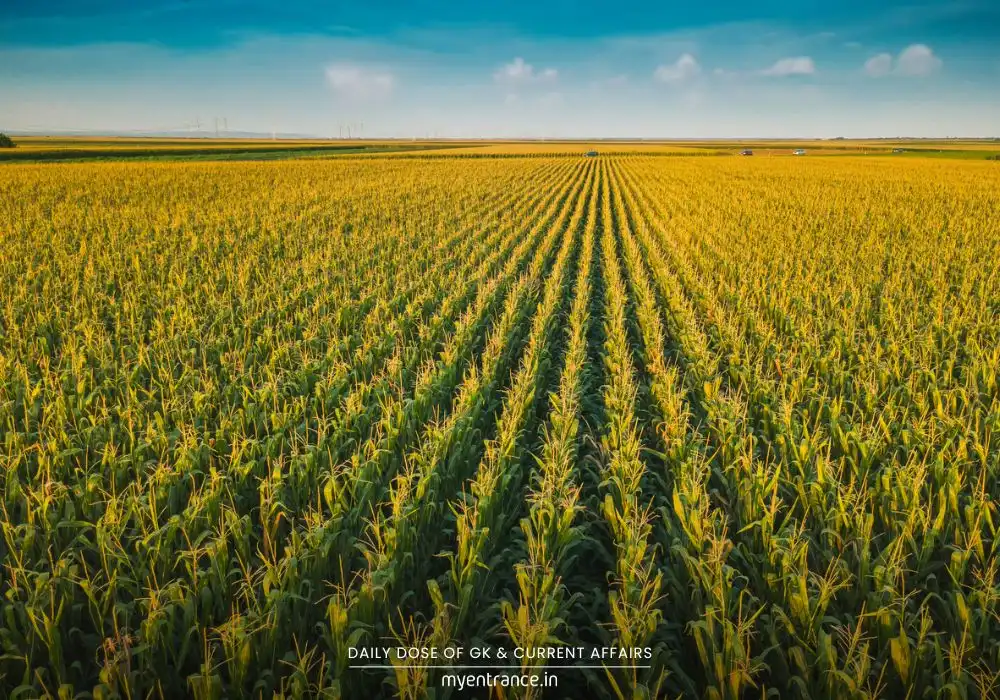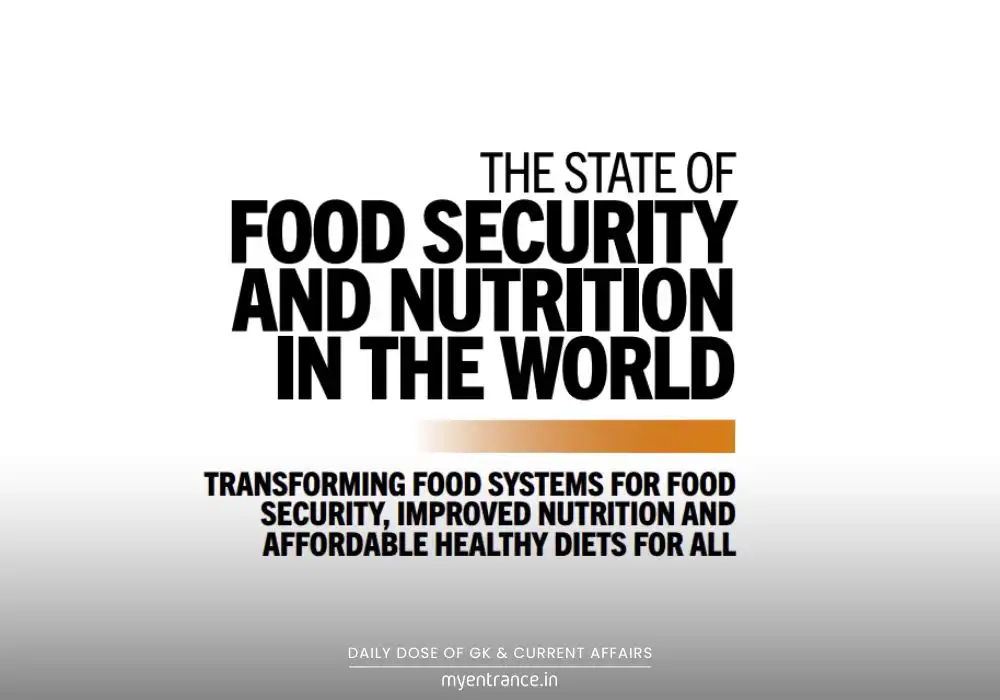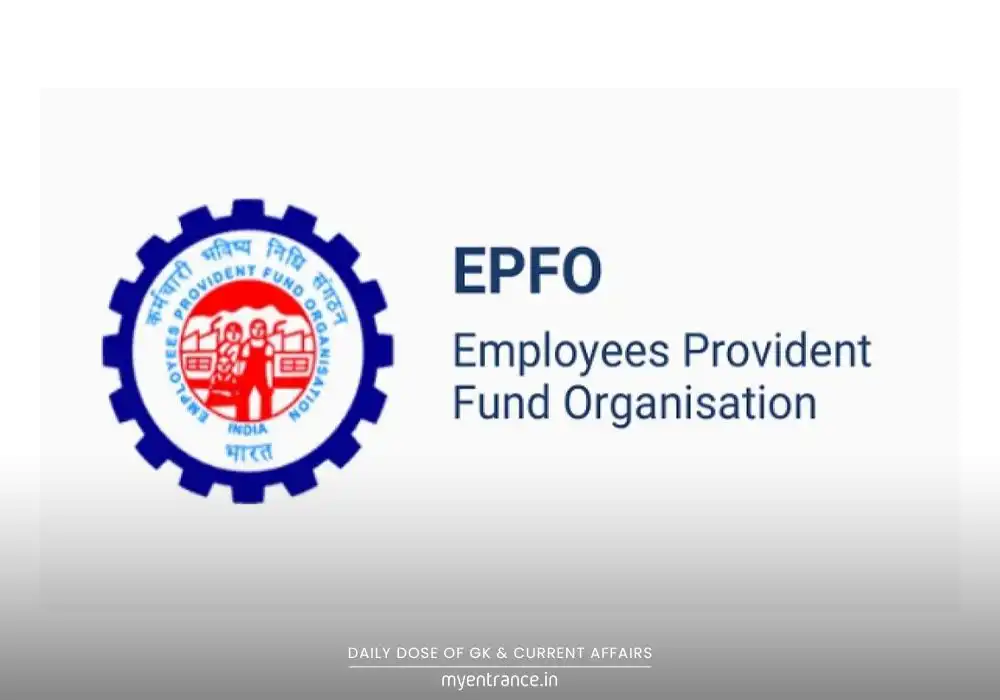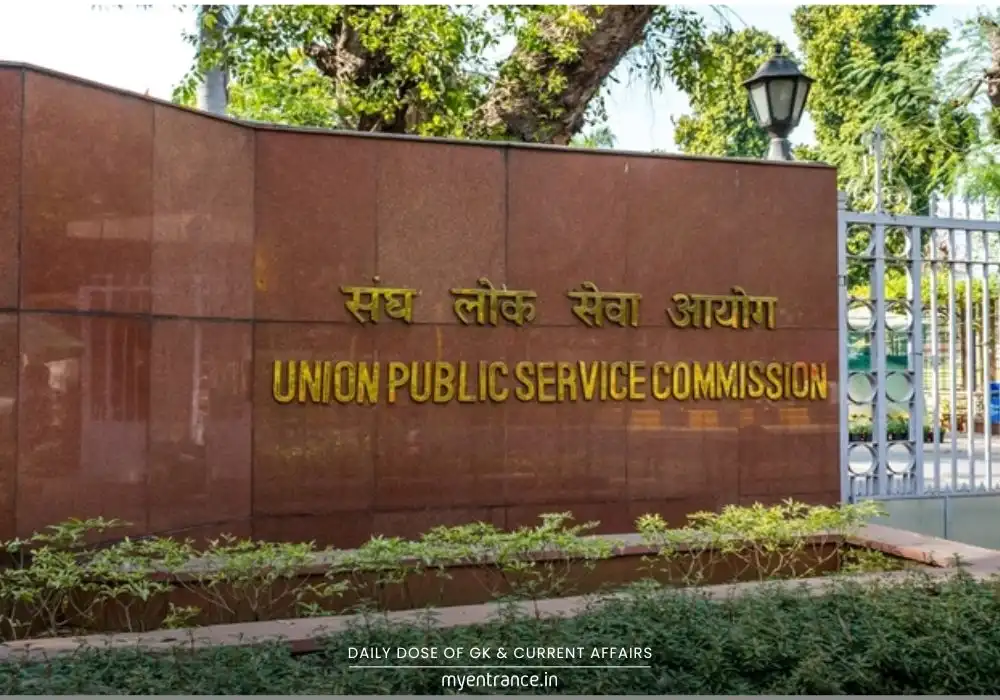Translate Language
Why Is Meghalaya Facing a Severe Rainfall Deficit in 2025?
Meghalaya, famously called the ‘Abode of Clouds,’ is witnessing an alarming 56% rainfall deficit in the 2025 Southwest Monsoon—the highest in India. With 83% of its population relying on rain-fed farming, this drought threatens agriculture, water security, and biodiversity. Let’s explore why this is happening and what it means for the future.
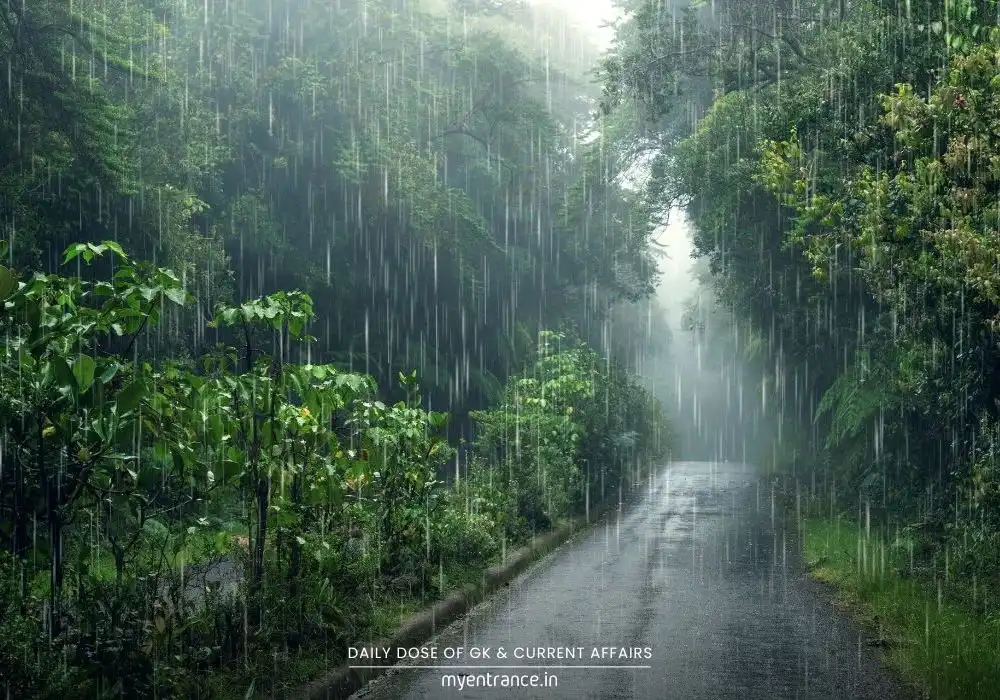
Why Is Meghalaya Experiencing a Rainfall Crisis?
1. Recent Monsoon Shortage
From June 1 to July 28, 2025, Meghalaya received only 690.7 mm of rain—far below the usual 1,555.4 mm. Surprisingly, drier states like Jharkhand recorded 53% excess rainfall, while seven other regions outpaced Meghalaya. This unusual dryness signals a worrying shift for a state known for its heavy monsoons.
2. Long-Term Decline in Rainfall
Research using the Standard Precipitation Index (SPI) reveals a century-long drying trend:
In the 1950s, central Meghalaya was the wettest.
Over decades, dry zones expanded in western, central, and northern areas.
Only southern regions (East Khasi Hills, Jaintia Hills) remain relatively wet.
Southwest Khasi Hills still receives the highest monsoon rainfall, but even here, totals are dropping.
3. Seasonal & Monthly Rainfall Changes
December and post-monsoon months (Oct-Feb) are crucial for crop harvesting but now receive even less rain.
Cherrapunji, the world’s second-rainiest place, has seen declining rainfall across seven months over 135 years, including peak monsoon periods.
4. Impact on Farming & Biodiversity
83% of Meghalaya’s population depends on rain-fed agriculture—lower rainfall means crop failures and economic strain.
The state lies in the Indo-Burma biodiversity hotspot, home to species adapted to heavy rain. Reduced rainfall could disrupt ecosystems and threaten wildlife.
5. Climate Change’s Role
Meghalaya isn’t alone—states like Nagaland, West Bengal, Bihar, and Uttar Pradesh also report declining monsoon rains. This trend aligns with global warming, altering weather patterns and making rainfall unpredictable and uneven.
Key Q&A on Meghalaya’s Rainfall Deficit
1. Why is Meghalaya, known for heavy rain, facing a drought?
Climate change, shifting monsoon patterns, and long-term drying trends have reduced rainfall, especially in 2025, leading to a 56% deficit.
2. How does this affect farmers?
Since 83% rely on rain-fed farming, less rainfall means lower crop yields, financial losses, and food insecurity.
3. Which areas in Meghalaya are still relatively wet?
The East Khasi Hills, Jaintia Hills, and Southwest Khasi Hills remain wetter, but even these regions are seeing reduced rainfall.
4. Is Cherrapunji still one of the rainiest places?
Yes, but it has recorded declining rainfall over seven months in the last 135 years, including monsoon months.
5. What’s the long-term solution?
Better water management, climate-resilient farming, and policies to combat global warming are essential to mitigate future risks.
Meghalaya’s rainfall crisis is more than just a dry spell—it’s a warning sign of climate change’s impact. With farming, biodiversity, and water security at stake, urgent action is needed to adapt to these shifting weather patterns.
For more exam tips and current affairs updates, stay tuned to MyEntrance.in!
Get 3 Months Free Access for SSC, PSC, NIFT & NID
Boost your exam prep!
Use offer code WELCOME28 to get 3 months free subscription. Start preparing today!



